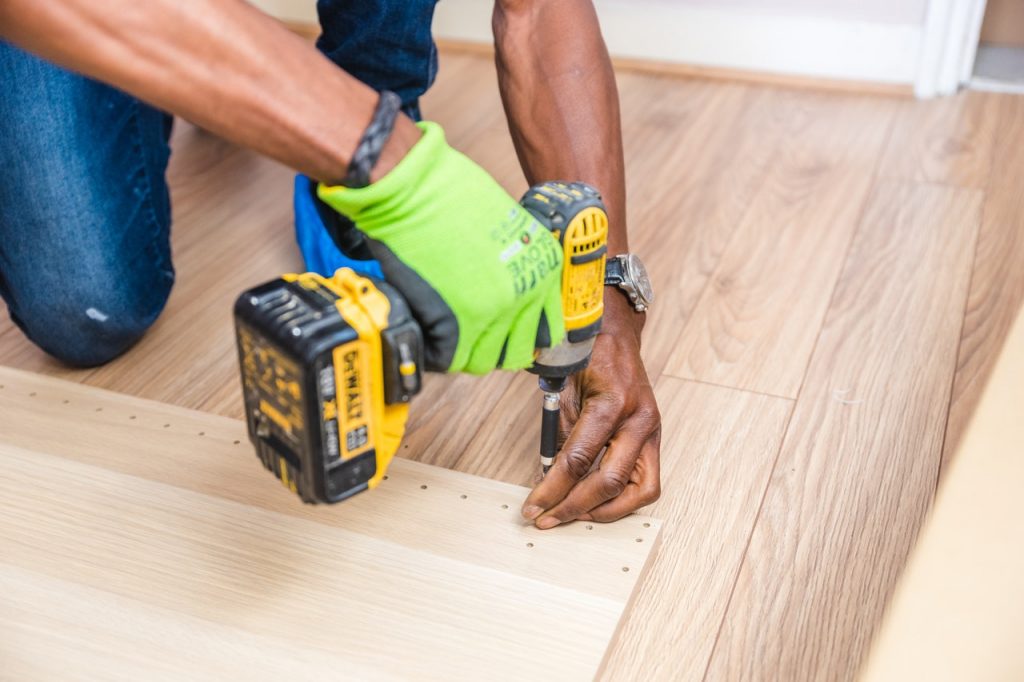Handyman License in Minnesota: What You Need to Know
You’re a self-sufficient person—especially around the house. Something breaks and you’re able to fix it, whether it’s the plumbing, electricity, carpentry, or masonry. Maybe you’re the first one your friends or family call when something goes wrong in their home. You enjoy tinkering with and fixing things; digging into how everyday things work.
With this passion, you might be thinking about taking on a bigger project for your Minnesota home or even starting a business near the Twin Cities as a handyman or contractor. Doing so means you should research what licenses and insurance coverage you’ll need to avoid being fined or shutdown.
Repairman Level Differences
So, what’s the difference between a handyman and a contractor? According to BizFilings:
A handyman has a diverse set of trade skills that take on smaller jobs or quick repairs; usually beneath a certain dollar amount that varies from state to state.
In comparison, a contractor specializes in an area of expertise, such as excavation, masonry, carpentry, or roofing, and they’re involved in major projects for commercial or residential contracts. Obtaining said contracts usually involves some sort of bidding process.
Who Needs a License?
Laws vary state to state, so if you’re not a Minnesota resident, the following information may not apply to you. Be sure to check your state’s business law requirements for more details!
The Minnesota Department of Labor and Industry states that the following will need a license:
- An owner of residential real estate who builds or improves homes for resale or speculation.
- Any individual or company that contracts directly with an owner of residential real estate to provide work in more than one special skill (except for residential roofers).
“Specialized Skills” are one of the following eight categories of work:
- Excavation, e.g. excavation, trenching, grading, and site grading.
- Masonry, e.g. drain systems, poured walls, masonry fireplaces, masonry veneer, and water resistance and waterproofing.
- Carpentry, e.g. rough carpentry, finish carpentry, door, windows, and skylights.
- Interior finishing, e.g. floor coverings, wood floors, wallpapering, and interior or exterior painting.
- Exterior finishing, e.g. siding, exterior plaster and stucco, painting and rain carrying systems.
- Drywall and plaster, e.g. installation, taping, finishing, painting, and wallpapering.
- Roofing, e.g. roof coverings, roof sheathing, and roof weatherproofing and insulation
- General installations specialties, e.g. garage doors and openers, pools, spas, hot tubs, fireplaces, and wood stoves.
- Within Minnesota, if you’re a handyman and you make more than $15,000 per year by working on existing structures, you’ll need a Residential Remodeler License. If you want to contract to build new structures, you’ll need a Residential Building License.
Where to Go for Your Licenses?
Even with all this information, one can never be too careful when trying to avoid unnecessary fines and potential shutdowns. You can visit the Minnesota Department of Labor and Industry to access the plethora of forms contained within, but it might be wise to speak with a local, experienced, and trusted small business attorney.
At KTF Law Firm, we know business law inside and out and want to be of assistance, so please contact us today with any questions you may have concerning licenses and insurances needed for becoming a handyman or contractor in Minnesota.

